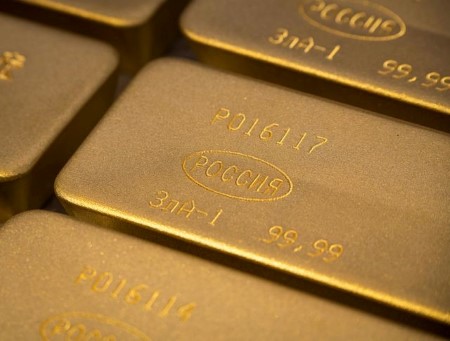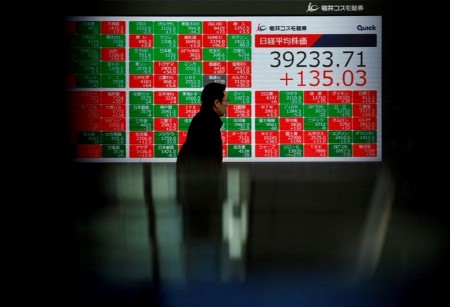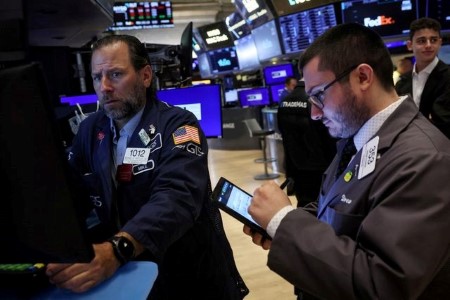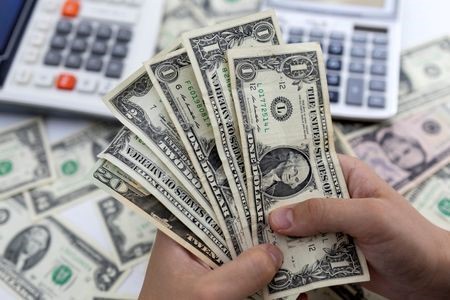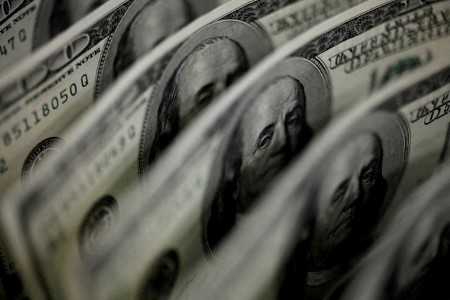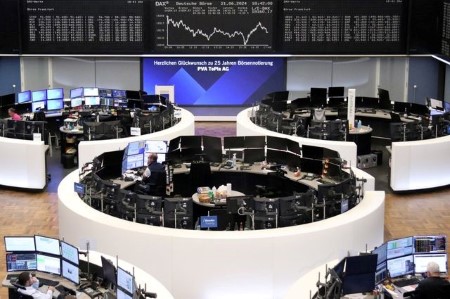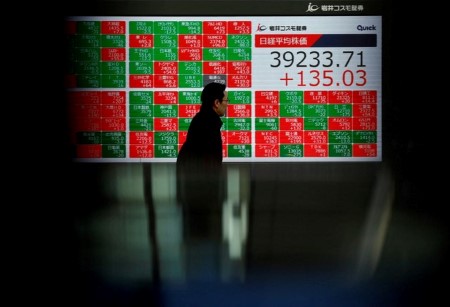Gold prices edged lower on Tuesday as Treasury yields held firm, while investors digested comments from Federal Reserve Chair Jerome Powell and looked forward to US jobs data due later this week for more signals on US interest rate cuts.
Spot gold was down 0.3% at USD 2,324.88 per ounce by 14:01 p.m. (1801 GMT). US gold futures settled 0.2% lower at USD 2,333.40.
The benchmark 10-year Treasury yield hit a one-month high on Monday and stayed elevated on Tuesday, making non-yielding bullion less attractive.
“The market is still highly sensitive to any discussion about interest rates or anything with regards to Fed policy. So, I think it’s more still in a wait-and-see type momentum,” said Phillip Streible, chief market strategist at Blue Line Futures.
The US central bank still needs more data before cutting interest rates to ensure recent weaker inflation readings give a true picture of what is happening to underlying price pressures, Powell said.
Data on Tuesday showed US job openings rose to 8.14 million in May.
Focus now shifts to Friday’s non-farm payrolls, which will be crucial in assessing whether the US labor market remains resilient against the backdrop of decades-high interest rates.
Gold is down 5% from a record high of USD 2,449.89 per ounce it touched on May 20, a rally caused by safe-haven demand driven by geopolitical and economic uncertainty as well as persistent central bank buying, a crucial category of demand.
“Physical demand is still subdued in major markets like India and Turkey but there are signs of recovery there as consumers are keen to protect against other factors like local inflation which still remains high,” one trader said.
Elsewhere, spot silver eased 0.2% to USD 29.39 per ounce.
Platinum gained 1.6% to USD 993.36 per ounce and palladium jumped over 4% to USD 1,010.50 with the focus on improved prospects for hybrid car sales versus slower growth of the palladium-free electric vehicles market.
(Reporting by Brijesh Patel and in Bengaluru; Additional reporting by Polina Devitt in London;
Editing by Helen Popper, Emelia Sithole-Matarise, and Alan Barona)







 DOWNLOAD
DOWNLOAD




